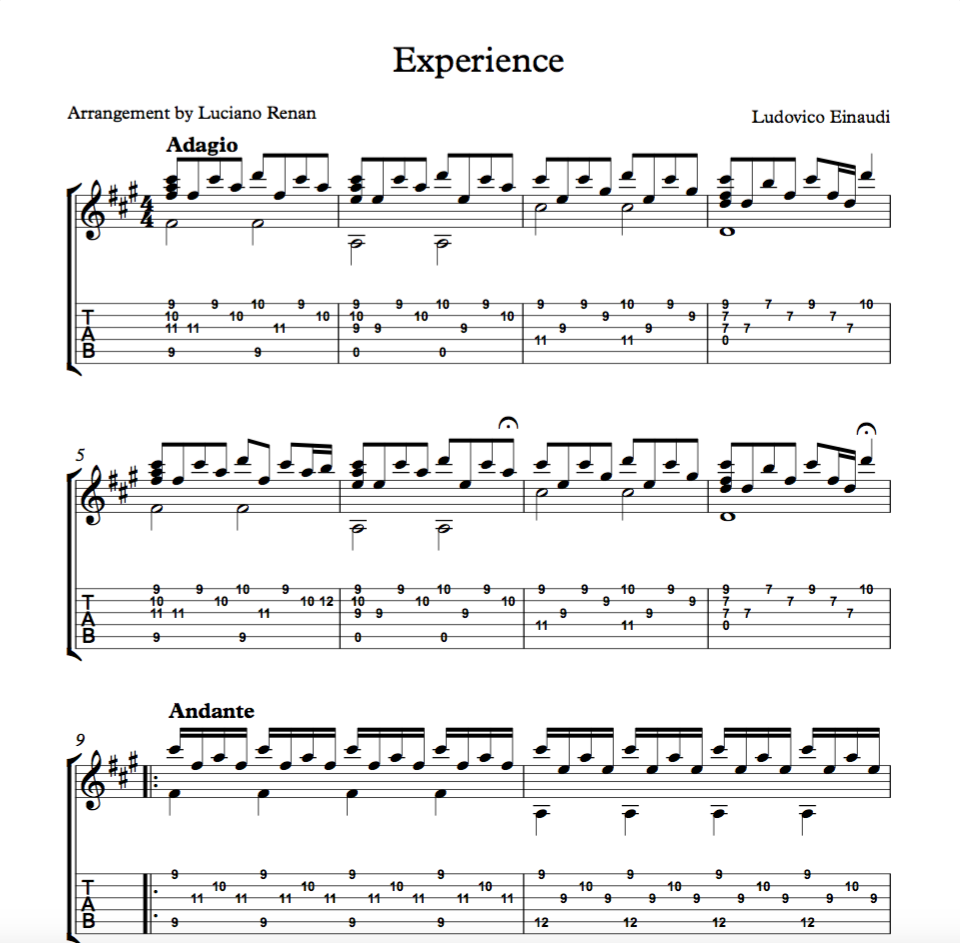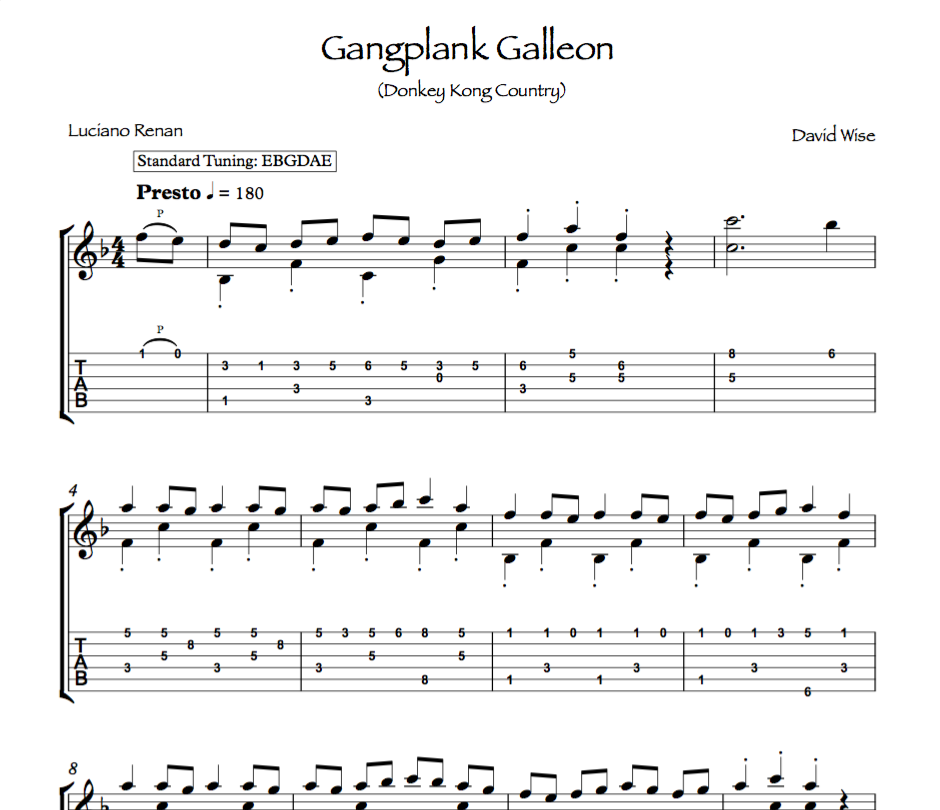


There are three more possible references to Gaster in the soundtrack which I have also put in at the end. So, now I’ll go through all the tracks listed in the video and point out where the motif is found – or not found, as is the case for several of them. Also, please consider supporting us on Patreon so that we can continue to do what we love doing. (Interestingly, the Link to the Past track linked above contains the same harmonic shift as well as the melodic figure!)ĭon’t forget to like us on Facebook and follow us on Twitter for more Nintendo Switch content. There are many places in Deltarune’s music where this chromatic shift occurs (sometimes of more than a semitone), and while this doesn’t necessarily amount to a deliberate use of Gaster’s theme, it’s enough to remind the listener that there is some unknown shadow lurking underneath the game’s surface.

The other element to the Gaster motif is the way the melody changes – the whole figure moves down, not diatonically (according to the key the piece started in) but chromatically, one semitone, before going back up again and repeating. So it’s not exactly distinctive on its own. Scars of Time – Chrono Cross (at 0:03 and 1:21):Įndless Mine – Sonic the Hedgehog 3 (at 0:16): The Sealed Door – Chrono Trigger (at 0:00):Īquatic Ambience – Donkey Kong Country (at 0:58): Light World Dungeon – A Link to the Past (at 0:31): Here is a list of tracks I can think of from the top of my head that use it: The motif is actually an extremely common melodic figure in game music. For the purpose of this article, I’ll define the Gaster motif as a figure in any key that follows a pattern of at least three notes, with the intervals between them being a rising semitone followed by a leap of a perfect fifth. I think the theme’s simplicity does lend to its being something of a musical Jesus Toast – that is, once you’ve decided to look out for it, you start hearing it everywhere. It’s as if the creator of the video just thought, “Yeah, that sounds like a repeating pattern of notes, must be Gaster.” Even for those of you who don’t read music, the motif above should be fairly unambiguous.

Some of the incorrect findings in the video were baffling, as in most cases they were pointing to a simple bass line or arpeggio (broken chord) that, as far as I could tell, had no resemblance to the Gaster motif. After that I had to go and do my own analysis, referring to various transcriptions of the soundtrack in Musescore’s online library to make sure. So much I could tell simply by watching the video and listening with mine earen. Out of eleven tracks, it turned out that only six or seven of them actually contain Gaster’s theme. The MediaMotifs video listed eleven tracks that supposedly contain it, which had me pretty excited – until I actually watched it. I knew I had already recognised it in Deltarune‘s opening track, “ANOTHER HIM”, as well as a few places here and there during my first play-through, but I was sure there would be more. …I thought, goody, now I don’t have to go through all forty tracks in the music for Chapter 1 of Deltarune and painstakingly pick out every plausible example of that creepy three-note repeating motif that appears as a secret track in Undertale:


 0 kommentar(er)
0 kommentar(er)
